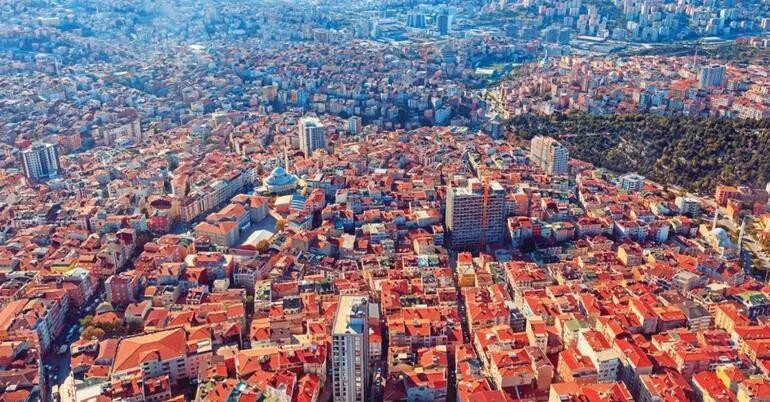
While the areas in Istanbul where the ground is not earthquake resistant occupy less than 13 percent of the city, the population there is soaring by the day, an expert has stated.
Following the devastating earthquakes in the country’s south, which claimed more than 46,000 lives, concerns over a long talked about possible major earthquake in Istanbul have once again come to the agenda.
Experiencing severe damages and causalities in the 1999 earthquake, the metropole, in which nearly 16 million people reside, is under the threat of massive destruction in case of a major quake, according to experts.
Grounds at the risk of liquefaction, landslides and having soft features are not considered earthquake resistant, Geologist Haluk Eyidoğan stated.
While the most widely accepted notion is that Istanbul sits on unstable and weak ground, the fact is that less than 13 percent of the city comprises this kind of ground, Eyidoğan pointed out.
Stating that these regions hosted many people, who normally should not be residing there, Eyidoğan underlined that the population living on the weak ground of Istanbul is increasing with each passing day.
“These weak grounds do not exceed 13 percent of the entire Istanbul. It is small in terms of area, but the number of buildings on these grounds is quite large,” Eyidoğan expressed.
“According to the Istanbul master plan determinations [carried out in 2016], 3.5 million people lived in these danger areas. That number has now more than doubled. It continues to increase rapidly as well,” he said.
According to the Istanbul Municipality ground report, the Avcılar, Bağcılar, Bakırköy, Küçükçekmece and Güngören districts have soft grounds.
On the Asian side, all stream beds, coastal embankments, and certain parts of the Sancaktepe, Sultanbeyli, Tuzla and Pendik districts are at risk of liquefaction.
Since these areas are usually far from the city center, rental prices are more affordable.
The rising rental prices in the city in recent years have also forced many people to move to these areas.
Eyidoğan stated that new zoning plans should be prepared urgently.
“Structures that did not receive engineering services and were built before 2000 should be identified and included in new zone plans. Buildings in landslide zone need to be moved to other areas,” Eyidoğan said.